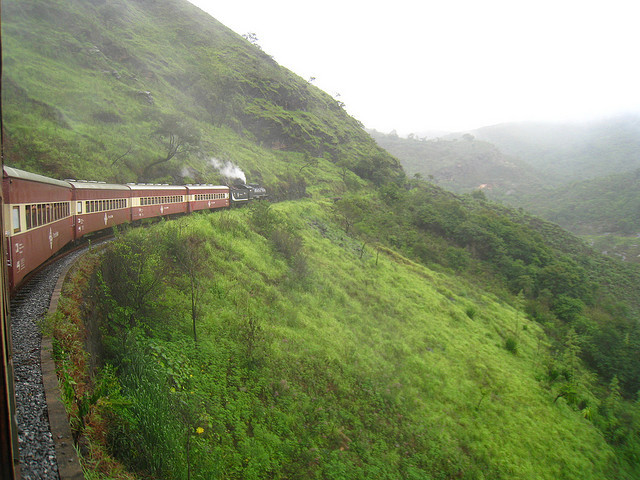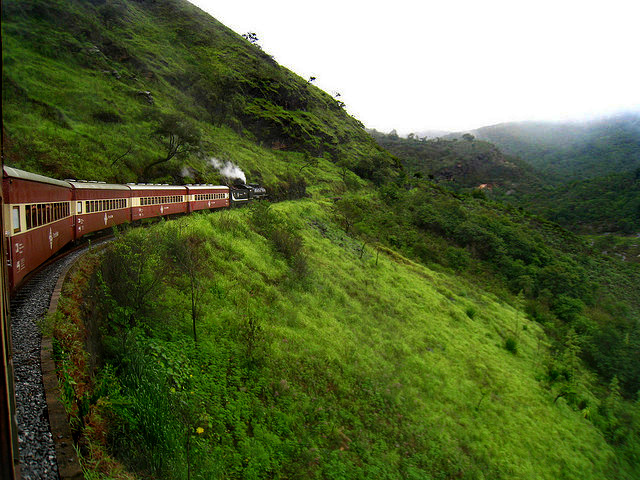| Input | Dehzed |
|---|---|
 |
 |
- For Running
- Python 2
- keras (with any backend)
- scikit-image
- scipy
- scikit-sparse
- numpy
Both scipy and scikit-sparse are used for sparse matrix computation. The scikit-sparse has been used for solving linear equation with sparse matrix. Although the same thing can be achieved using scikit only, scikit-sparse is faster as it uses Cholesky decomposition using CHOLMOD library.
- Additional dependency for training
- opencv (required for clustering)
Running python dehaze_im_bin_search.py dehazes all the images present in haze_image folder and stores the output in out folder.
.
├── cluster_data.py # extract patches from images and runs k-means
├── data # training data. need to download separately
│ ├── README.md # the details are given in this README.md
│ └── training_images
│ └── filelist.txt # files used for clustering
├── data_gen.py # comparator training data generator
├── dehaze_im_binsearch_no_sksparse.py # dehaze image with a trained comparator without using sksparse
├── dehaze_im_binsearch.py # dehaze image with a trained comparator
├── haze_image # hazy images
│ └── 2230089563_06d4982122_z.jpg
├── lib # helper functions
│ ├── __init__.py
│ ├── lib.py
├── LICENSE
├── model # trained comparator model
│ └── comp_c_tpartition_30comp_2A.h5
├── out # output obtained from the hazy images
│ ├── 2230089563_06d4982122_z_out.png # dehazed output
│ ├── 2230089563_06d4982122_z_t_est.png # estimated transmittance before smoothing
│ └── 2230089563_06d4982122_z_t.png # smoothed and interpolated transmittance
├── README.md
├── train_comp_model.py # trains the comparator with the generated data
└── visualize_cluster_centers.py # for visualizing the generated cluster centers
For dehazing an image running the dehaze_im_binsearch.py is sufficient. To train a new comparator the following steps need to be followed.
- Some fog-free images needs to be gathered. We have used the fog-free files given by Choi et al [1]. The details can be found in
data/README.md. - Then running
cluster_data.pywill extract some patches and cluster them. - Now to generate the training data for the comparator,
data_gen.pyneeds to be run. - After this calling
train_comp_model.pytrains the comparator with the generated data.
Sanchayan Santra, Ranjan Mondal, and Bhabatosh Chanda. "Learning a Patch Quality Comparator for Single Image Dehazing." IEEE Transactions on Image Processing 27, no. 9 (2018).
- L. K. Choi, J. You, and A. C. Bovik, "LIVE Image Defogging Database," Online: http://live.ece.utexas.edu/research/fog/fade_defade.html, 2015.